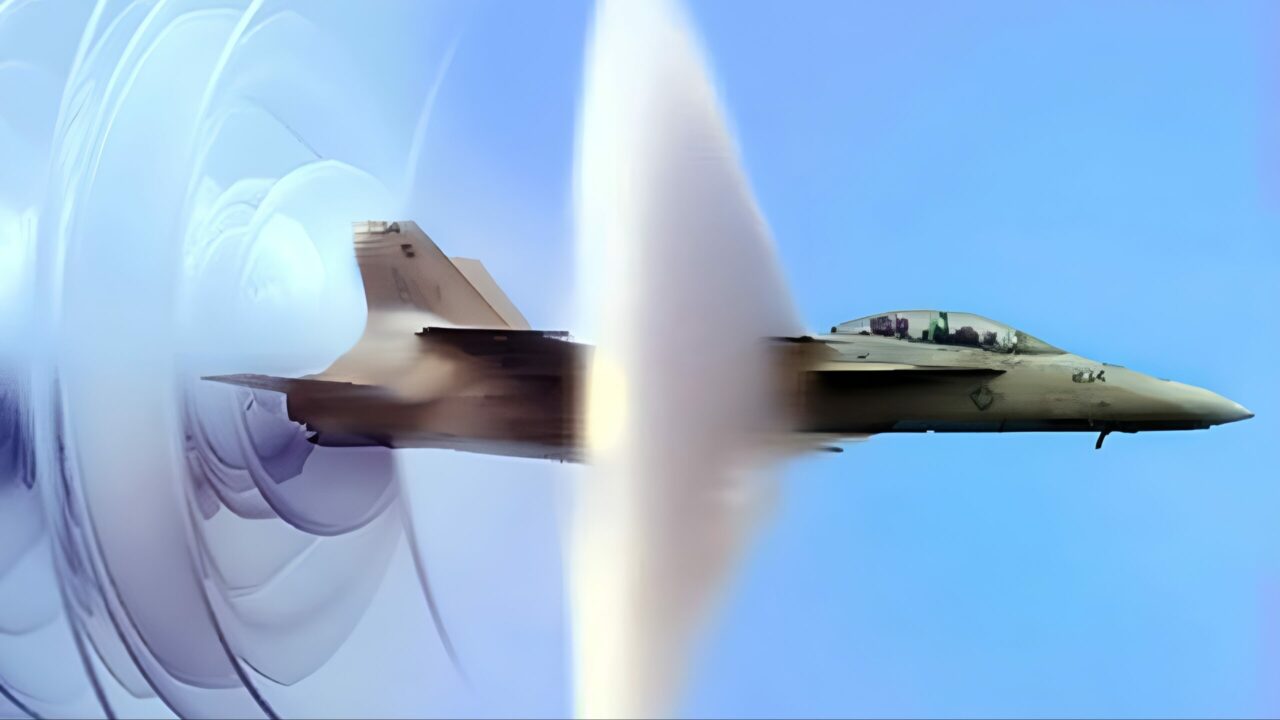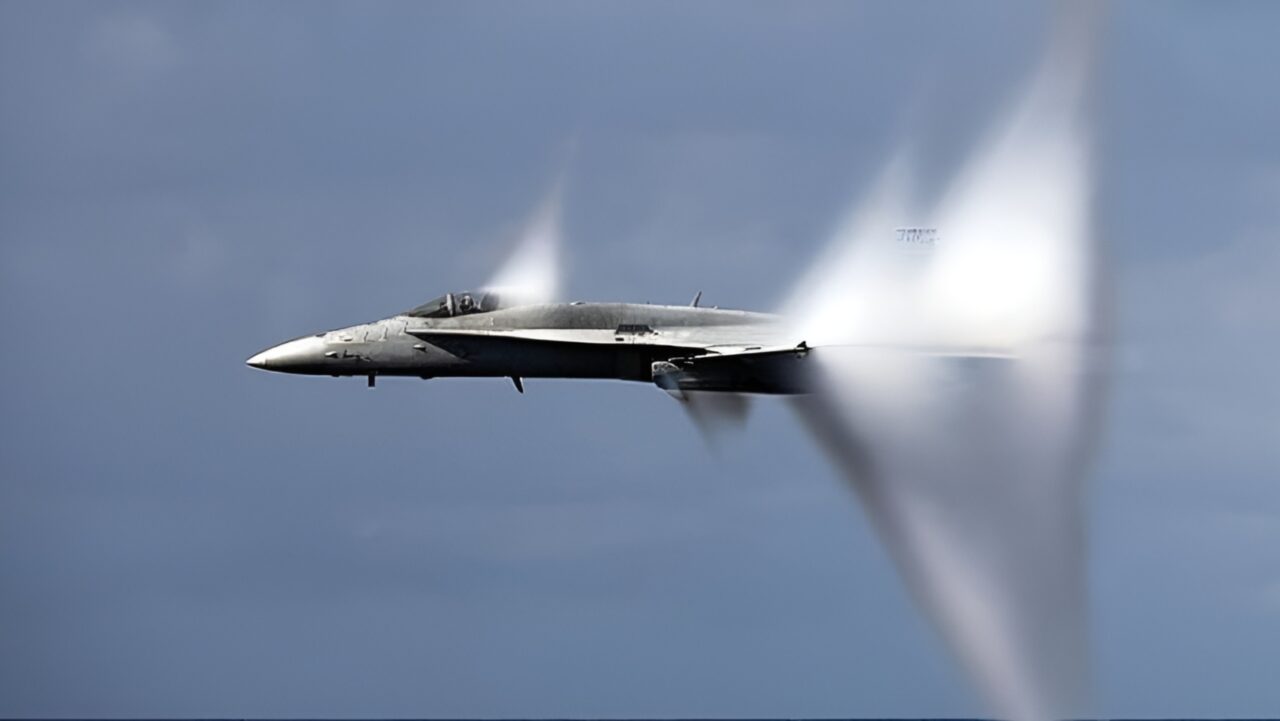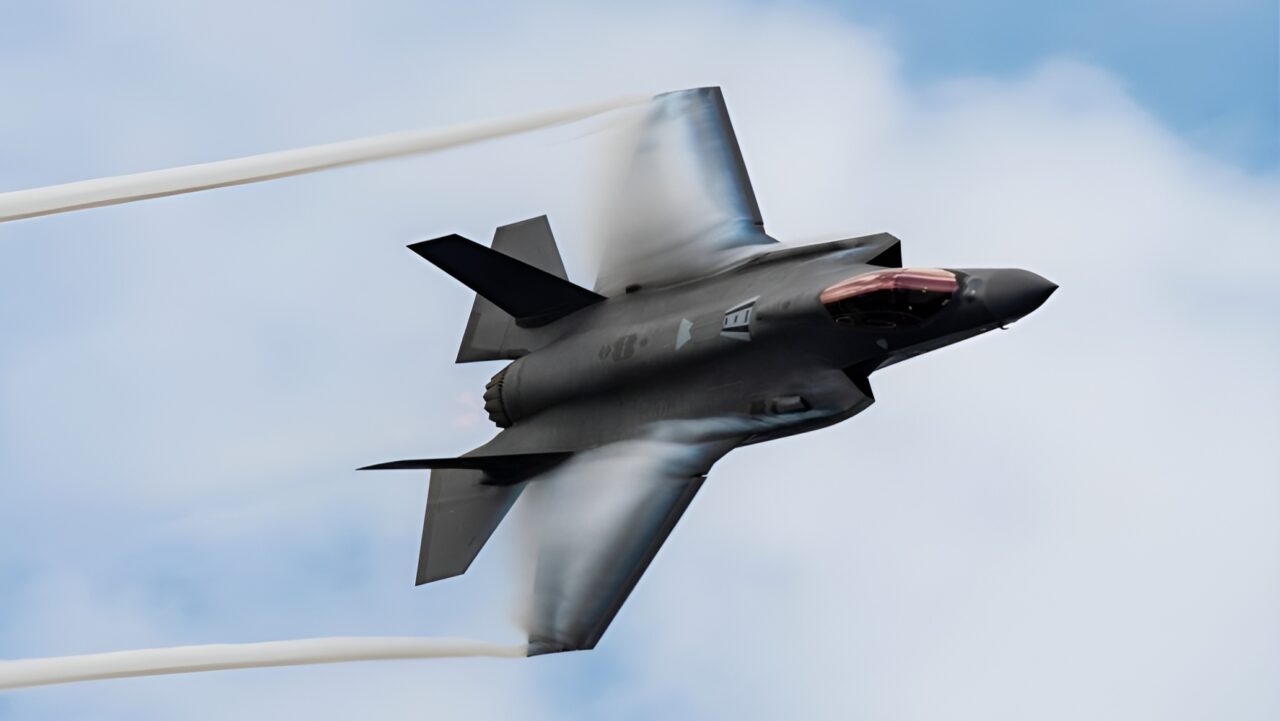Supersonic aircraft are known for the shock waves and explosive sounds they create. These sonic booms not only shatter windows but also pose a significant barrier to the widespread adoption of supersonic flight. However, scientists from Northwestern Polytechnical University in China have developed a perforated wing design to address this issue. Here are the details…
China’s Perforated Wing Design Prevents Sonic Booms
The perforated wing design utilizes strategically placed holes on the wing to manage the shock waves produced when the aircraft exceeds the speed of sound. Computer simulations and wind tunnel tests have shown that these holes disrupt the shock waves, reducing vibrations and increasing aerodynamic efficiency by more than 10%. Does this mean that producing supersonic jets will become easier?

Currently, only a few countries can produce supersonic jets due to the specialized and costly manufacturing processes required to withstand the forces encountered at high speeds. Additionally, the sonic booms associated with these flights have led to restrictions on supersonic travel in densely populated areas. These restrictions were a key reason for the retirement of the Concorde in 2003.
The Chinese scientists’ perforated wing design is a simple yet effective solution. The holes in the wing open when the aircraft exceeds the speed of sound, directing the airflow to mitigate the impact of shock waves. An air pump in these holes adjusts the jet stream’s intensity, limiting turbulence in front of the wing and reducing wing vibrations. Although there is a slight loss of lift, the overall drag decreases, and the lift-to-drag ratio improves.

The team plans to conduct additional wind tunnel tests to further refine this technology. Meanwhile, other teams are also working on solutions to the challenges of supersonic flight. For example, NASA and Lockheed Martin’s X-59 supersonic jet is expected to perform its first test flight this year. This aircraft will feature a long nose and a forward-facing, windscreen-free cockpit to reduce noise during supersonic flight.
Professor Gao Chao’s team believes their solution is highly effective. “By controlling the jet stream to suppress shock wave disturbances, although there is a slight loss of lift, overall drag decreases, thereby increasing the lift-to-drag ratio,” they state.
What do you think? Share your thoughts in the comments below.














